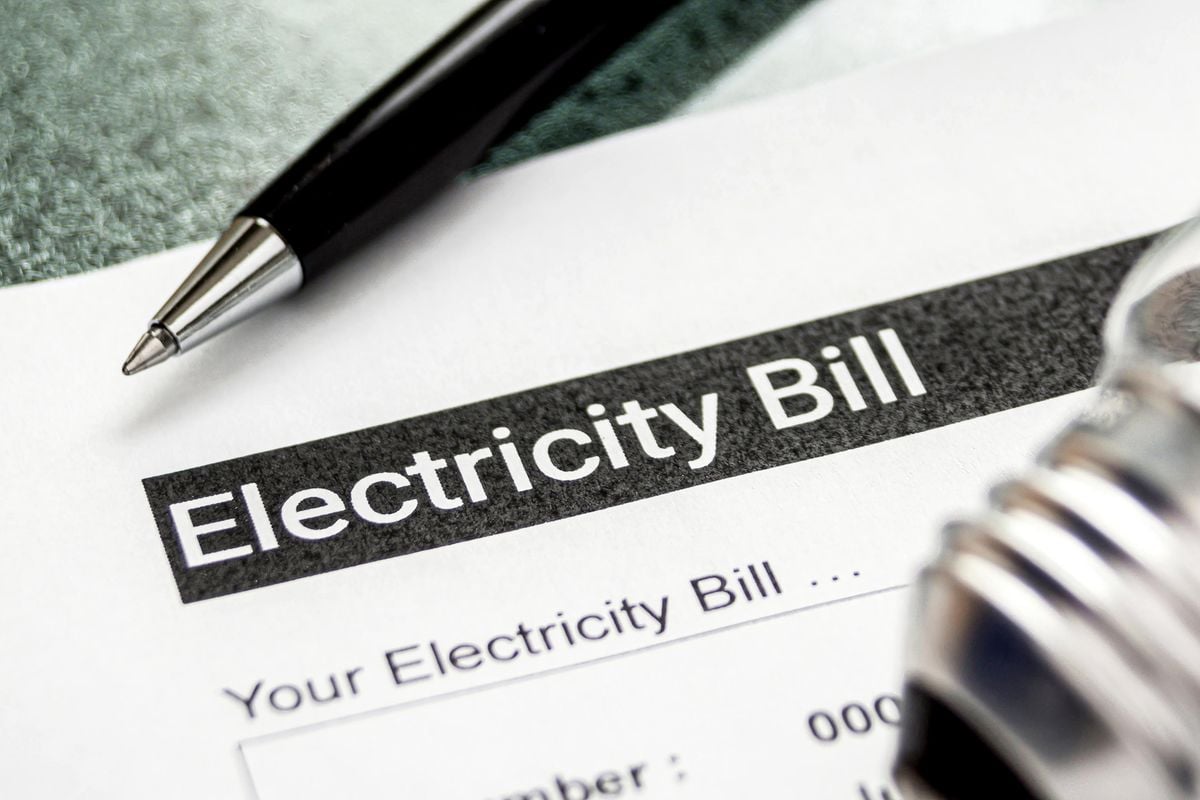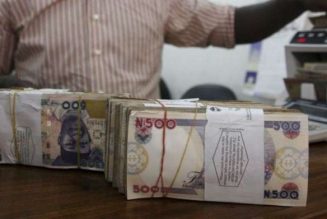
Consumers will pay about 1.5 percent more for a unit of electricity used in August, new computations show, on higher fuel and forex costs.
The Energy and Petroleum Regulatory Authority (Epra) has reviewed electricity prices upwards in the latest monthly review, which will see domestic ordinary customers pay an average of 42 cents more for a unit of power used than what they paid in July.
For example, this category of customers will pay Sh2,877 for 100 units this month, compared to Sh2,832 in July.
August now joins January and June as the only three months during which the energy regulator has increased power prices this year.
The cost of electricity is one of the main drivers of the cost of living and doing business in the country.
Epra reviews three out of the eight components that form part of power bills monthly.
These are the fuel energy cost (FEC), the foreign exchange rate fluctuation adjustment (Ferfa), and the water resource management authority (Warma) levy.
In the latest review, the energy regulator has raised FEC to Sh3.48 per unit up from Sh3.25 last month, and Ferfa from Sh0.98 per unit to Sh1.17.
The Warma levy has been retained at two cents per unit.
The base tariff, which is referred to as the consumption charge, remains the largest single component of power bills and is adjusted every three years.
Meanwhile, the inflation adjustment is reviewed by Epra every six months to enable Kenya Power to recoup the costs it incurs from inflation.
Other components that form part of electricity charges are Value Added Tax (VAT), the Rural Electrification Programme (REP), and Epra levy.
The increase in the FEC signals that the generation of thermal electricity increased in July compared to June. The charge is used to reimburse power producers who use heavy fuel oil (HFO) to generate electricity.
The increase in Ferfa came after the Kenyan shilling lost ground against the US dollar last month.
The local currency was trading at about Sh128 against the greenback at the beginning of last month before plunging to lows of Sh133 at the close of the month.
A weaker local currency raises the cost of purchasing power from Independent Power Producers (IPPs). It also places an extra burden on Kenya Power when paying its external debts.
“Forex is usually a product of the variation in price as well as the quantum of payments made,” said Kenya Power Finance Manager Stephen Vikiru.
“We paid more on power purchase obligations in July than in June,” he added.
The increase in power prices is set to pinch consumers, who have been experiencing easing inflation in recent months.
Annual inflation eased to 4.3 percent in July, according to the Kenya National Bureau of Statistics (KNBS), while consumer prices fell by 0.2 percent during the month.
This was driven by lower prices of food and non-alcoholic beverages, transport, and the housing, water, electricity, and cooking gas index.
“The housing, water, electricity, gas, and other fuels’ index declined by 0.4 percent between June 2024 and July 2024 attributable to decreases in prices of 200kWh of electricity, 50kWh of electricity, and kerosene by 9.4 percent, 4.4percent, and 0.8 percent, respectively,” said KNBS.









